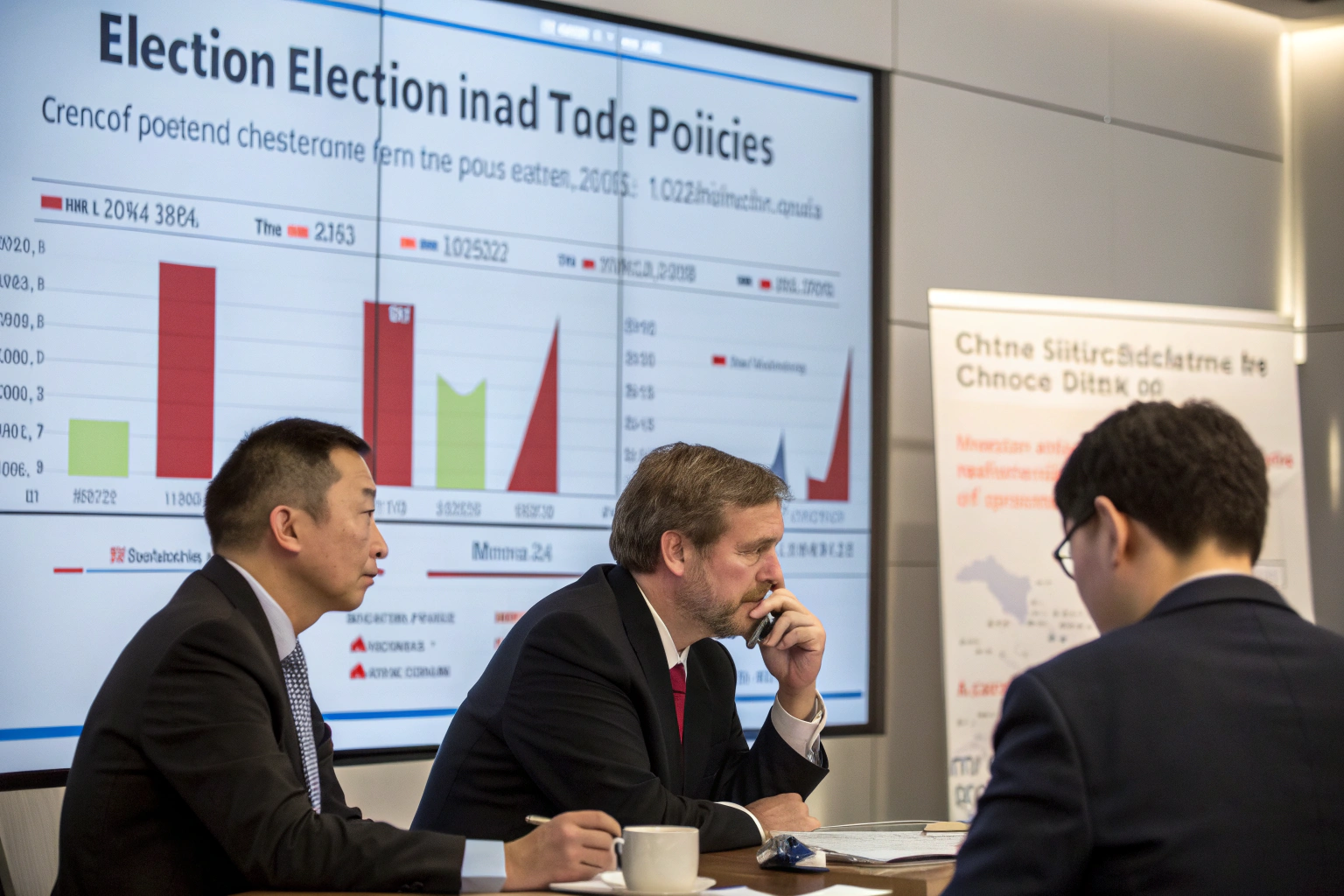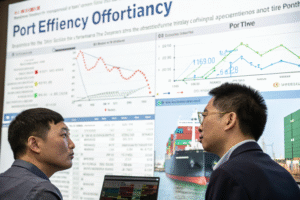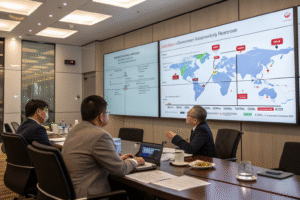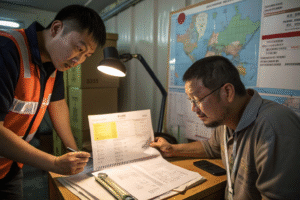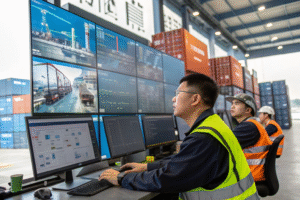US elections consistently reshape international trade relationships, and the 2024 outcome will significantly impact how businesses approach China sourcing and trade. Companies with China-dependent supply chains face substantial uncertainty regardless of which party prevails, as both demonstrate increasingly tough stances toward China, though with different approaches and priorities.
The US election will likely maintain pressure on China trade regardless of outcome, but the approaches will differ significantly. A Democratic administration would probably continue strategic decoupling in critical sectors while maintaining dialogue, while a Republican administration might pursue broader tariffs and accelerated economic separation, particularly in manufacturing and technology sectors.
Let's examine the potential scenarios and their specific implications for businesses engaged in China-US trade.
What are the key differences between party approaches?
While both major US parties have adopted tough stances on China, their strategies, priorities, and implementation methods differ significantly. Understanding these distinctions helps businesses prepare for various potential outcomes.
Democratic approaches typically focus on strategic competition with targeted restrictions in technology and national security sectors, alliance-building with international partners, and maintaining certain areas of cooperation like climate change. Republican approaches generally emphasize broader economic competition across more sectors, unilateral action with less international coordination, and more aggressive use of tariffs and sanctions. Both parties increasingly view China as a strategic competitor, but their tactics for managing this competition vary considerably.
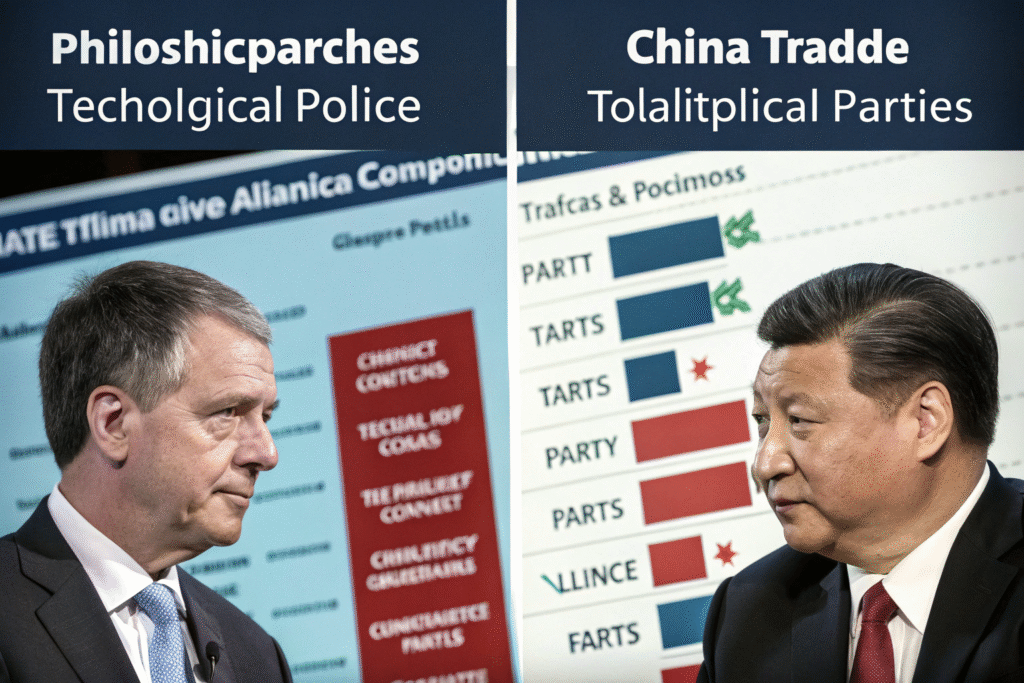
How might technology restrictions evolve under each party?
Technology controls represent a area of convergence with differences in implementation:
- Democratic administration: Likely continued strategic controls on semiconductors, AI, and quantum computing with licensing processes
- Republican administration: Potentially broader technology restrictions covering more sectors with fewer licensing exceptions
- Bipartisan support: Strong consensus on limiting technology transfers that could enhance Chinese military capabilities
- Enforcement differences: Varying approaches to investigating and penalizing violations
Businesses in technology sectors should expect continued scrutiny regardless of election outcome.
What tariff approaches might each party pursue?
Tariff strategies show significant divergence:
- Democratic administration: Probably targeted tariff increases on specific strategic sectors rather than across-the-board increases
- Republican administration: Possibly broader tariff increases extending beyond current Section 301 tariffs to most Chinese imports
- Legislative constraints: Both administrations would face similar legal and practical implementation challenges
- Timing differences: Varied pacing for implementing new trade measures based on administrative priorities
Tariff exposure represents a major planning variable for import-dependent businesses.
What sectors face the greatest policy risks?
Certain industries face disproportionate impacts from potential policy changes regardless of which party wins the election. Businesses in these sectors should prepare for continued turbulence in US-China trade relations.
Technology and telecommunications face ongoing restrictions and scrutiny. Green energy components may see increased protectionist measures. Pharmaceuticals and medical supplies continue receiving attention for supply chain resilience. Automotive components and electric vehicles represent emerging friction points. Rare earth minerals and critical materials face strategic competition concerns. Traditional manufacturing sectors like steel and aluminum maintain existing trade remedies.

How might technology sector policies evolve?
Technology faces multiple policy pressures:
- Export controls on advanced semiconductors and manufacturing equipment
- Investment restrictions in sensitive technology sectors
- Supply chain diversification requirements for critical components
- Research collaboration limitations in dual-use technologies
- Standards development competition in emerging technology areas
These trends will continue regardless of election outcomes but with varying intensity.
What green energy policies might change?
Green energy represents a complex trade area:
- Solar panel tariffs likely continuing with possible expansion
- Electric vehicle incentives potentially requiring more North American content
- Battery component sourcing restrictions possibly tightening further
- Critical mineral requirements for incentive eligibility potentially expanding
- Domestic manufacturing support for clean energy technologies likely increasing
Businesses in renewable energy should expect continued policy evolution.
How can businesses prepare for different scenarios?
Strategic businesses are developing flexible approaches that can adapt to various potential policy environments. While specific outcomes remain uncertain, preparing for multiple scenarios reduces vulnerability to election-driven disruptions.
Businesses should conduct comprehensive supply chain mapping to identify China dependencies, develop alternative sourcing options in different regions, maintain regulatory compliance expertise for both US and Chinese requirements, build financial resilience to withstand potential tariff increases, and establish government relations capabilities to monitor and influence policy developments. These preparations provide adaptability regardless of which policies emerge from the election.

What supply chain adaptations provide protection?
Resilient supply chain strategies include:
- China-plus-one sourcing maintaining Chinese suppliers while developing alternatives
- Regional manufacturing hubs in Southeast Asia or Mexico
- Inventory strategy adjustments balancing cost against potential disruptions
- Supplier diversification across multiple geographic regions
- Logistics flexibility using multiple ports and transportation modes
These adaptations reduce dependence on any single trade policy outcome.
How can compliance capabilities be strengthened?
Robust compliance preparation involves:
- Regulatory monitoring systems tracking potential policy changes
- Classification expertise ensuring accurate duty assessment
- Origin management supporting preferential claims where available
- Forced labor compliance meeting increasing enforcement standards
- Customs broker partnerships with strong policy understanding
Advanced compliance capabilities help navigate changing regulatory landscapes.
What timeline should businesses anticipate for changes?
Policy changes typically follow predictable implementation patterns regardless of which party wins the election. Understanding these timelines helps businesses plan their responses and allocate resources effectively.
Immediate post-election actions typically include executive orders and personnel appointments that signal policy direction. First-year initiatives usually involve studies, reviews, and consultation processes. Major implementation often occurs in years two and three as policies are developed and tested. Enforcement patterns typically emerge in years three and four as systems mature. Businesses should monitor these timelines to anticipate when specific impacts might affect their operations.
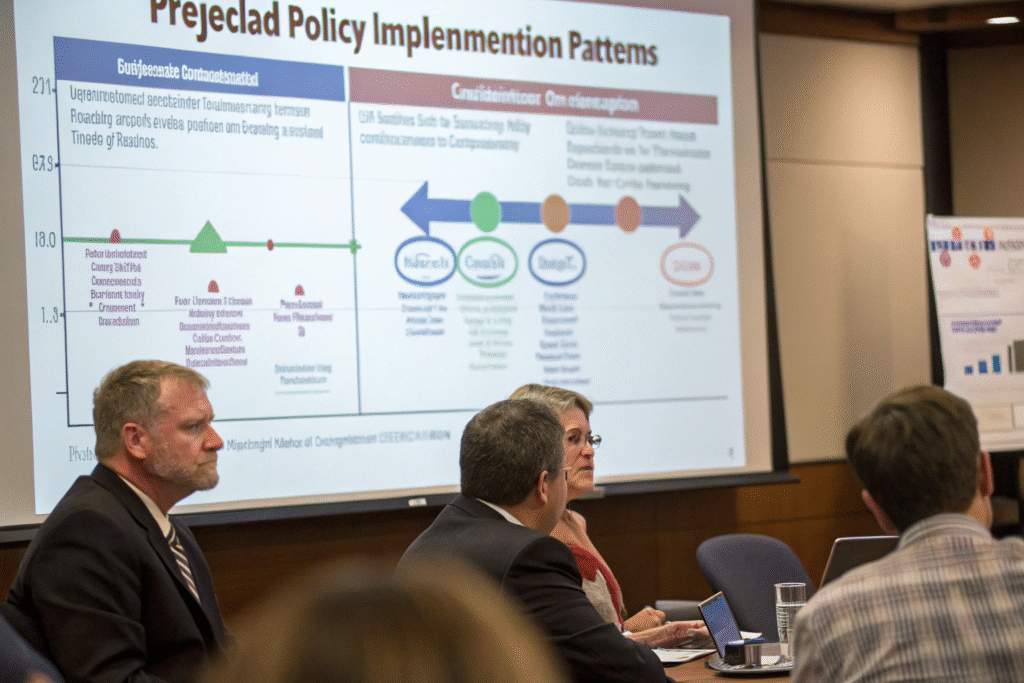
What immediate changes might occur?
Early actions could include:
- Executive orders addressing specific trade concerns
- Personnel appointments signaling policy priorities
- Investigations launched into specific sectors or practices
- Alliance consultations with international partners
- Congressional hearings establishing oversight priorities
These early signals provide important policy direction clues.
When might major policy changes take effect?
Significant implementation typically follows this pattern:
- Months 1-6: Policy direction setting and initial studies
- Months 6-18: Regulatory development and public comment periods
- Months 18-36: Major implementation and enforcement beginning
- Months 36-48: Policy refinement based on experience and challenges
This pacing allows businesses time to adapt to significant changes.
Conclusion
The US election will significantly influence China trade policies, but businesses face challenges regardless of which party prevails. Both demonstrate increasingly tough approaches to China, though with different emphases and implementation styles. Strategic businesses are preparing by developing flexible supply chains, enhancing compliance capabilities, and building resilience to withstand potential disruptions. The most successful companies will monitor political developments closely while implementing adaptable strategies that can accommodate various policy outcomes. By preparing for multiple scenarios rather than betting on a single election result, businesses can maintain their competitive position amid continuing US-China trade uncertainty.
